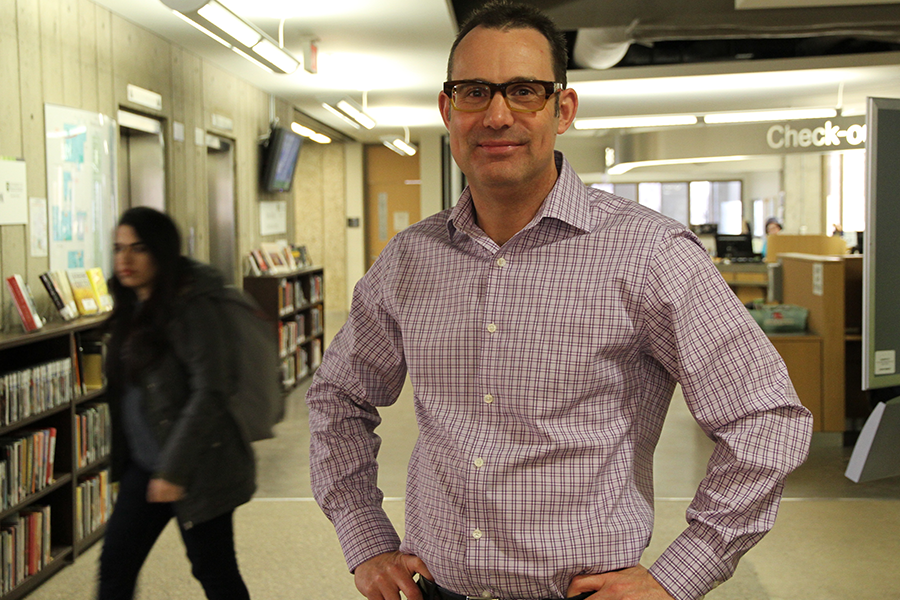“In teaching and learning, there are two guiding questions: one is how to teach, and the other is what to teach,” said Francis, an instructional designer with the University Library. The latter of the two is ultimately the curriculum, which is systematically maintained within the university, he explained.
The former, however, is a little more nuanced. “Questions of how to teach relate to instructional design: what types of strategies you pull together, what type of adult learning theories do you draw from and what type of assessment strategies do you use to measure student success.”
Francis is part of a community of instructional designers on campus who work alongside faculty members and librarians to produce materials for a variety of teaching and learning situations.
“What an instructional designer does is specialize, very exclusively, on the systematic process of bringing instructional materials together,” said Francis. These materials, he continued, “are as unique as each teaching situation: they might be preparatory materials for someone who wants to upgrade their academic skills or they might be more practical materials, to prepare for a lab or hands-on learning, for example.”
This process also includes being mindful of instructional trends, such as open textbooks, new educational technologies, and other emergent teaching methods that may bode well for students in different situations.
While instructional design has been commonplace in colleges and universities for a long time, many faculty members take on this enormous task alone, in addition to myriad other duties. Helping with such large efforts “allows them to specialize in the things they’re highly trained to do, such as teaching and conducting research,” explained Francis. “In our case, we place an emphasis on managing the whole process to bring together great materials and, at the end of the day, ensuring their quality.”
When asked about successful collaborations, Francis described a project that has embedded online library instruction into all first-year classes taken by students pursuing a major in English. The mandatory, self-paced instruction orients students to the library setting, develops research and citation skills, and even allows the use of selfies to demonstrate that they have found a book in the stacks. “That’s an example of one where we started very small, as a pilot, and its reach has expanded to over 2,000 students per semester.”
The impact of instructional design collaborations is evidenced in many ways across campus. Francis and similarly trained professionals have collaboratively produced a significant amount of online, distance, print, and face-to-face materials, available to faculty and students. “It’s very much about planning and good referrals,” said Francis. The Gwenna Moss Centre for Teaching Effectiveness (GMCTE), for example, provides access to its instructional designers for faculty and instructor consultations regarding innovations in teaching. In May, GMCTE instructional designers worked collaboratively with other on-campus instructional designers to design, develop and facilitate theSustainability Course Development Institute—an initiative that was later recognized by the provincial government.
In terms of the future impact of instructional design on campus, Francis believes that the “sky is the limit—but we need to remember that it’s not primarily about the technology. It’s about understanding student learning requirements and developing academic partnerships along the way to get the work done effectively.”
